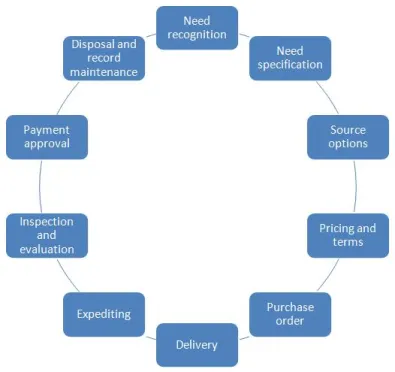Common Mistakes to Avoid in Employee Expense Reimbursement Processes
- donnariekepro
- Jul 17, 2024
- 3 min read
Employee expense reimbursement processes are crucial for maintaining financial transparency and ensuring employees are compensated promptly and accurately. However, many organizations face challenges due to common mistakes that can lead to inefficiencies and dissatisfaction among employees. Here are key mistakes to avoid in managing employee expense reimbursements:
1. Inadequate Policy Communication
Problem: Failing to clearly communicate expense policies leads to confusion among employees about what expenses are reimbursable and how to submit claims. Solution: Create a detailed expense reimbursement policy that outlines eligible expenses, submission procedures, and required documentation. Ensure all employees are familiar with the policy through regular updates and training sessions.
2. Delayed Reimbursements
Problem: Lengthy processing times for expense reimbursements can frustrate employees and impact their financial stability. Solution: Implement efficient processes and utilize automated expense management systems to streamline approvals and payments. Set clear timelines for processing reimbursements to ensure timely payouts.
3. Missing or Incomplete Documentation
Problem: Lack of proper documentation or incomplete submission of receipts and expense reports can delay reimbursement processing and increase the risk of errors. Solution: Educate employees on the importance of thorough documentation. Implement systems that require mandatory fields and attachments to minimize incomplete submissions. Provide tools that allow easy upload and verification of receipts.
4. Non-compliance with Tax Regulations
Problem: Incorrectly categorizing expenses or failing to comply with tax regulations can lead to financial penalties and legal issues. Solution: Stay updated with local tax laws and regulations regarding expense reimbursements. Ensure expenses are accurately categorized and documented to comply with tax requirements. Seek professional advice if needed to avoid tax-related pitfalls.
5. Lack of Transparency
Problem: Employees may feel distrustful if the reimbursement process lacks transparency, such as unclear approval workflows or hidden criteria. Solution: Implement transparent workflows and communication channels. Use digital tools that provide real-time status updates on reimbursement requests. Ensure employees can easily track the progress of their reimbursement claims.
6. Manual Data Entry Errors
Problem: Relying on manual data entry increases the likelihood of errors in processing expense claims and reimbursements. Solution: Adopt automated expense management systems that integrate with accounting software. Automation reduces human errors, improves accuracy, and speeds up reimbursement processing times.
7. Ignoring Audit Trails
Problem: Inadequate audit trails make it difficult to track expense claims, approvals, and payments, increasing the risk of fraud or errors going unnoticed. Solution: Implement systems that maintain detailed audit trails of all expense transactions. Audit trails should include timestamps, user IDs, and approval histories to ensure accountability and transparency.
8. Lack of Training and Support
Problem: Insufficient training on expense submission procedures and tools can lead to confusion and errors among employees. Solution: Provide comprehensive training sessions on expense policies, submission processes, and the use of expense management software. Offer ongoing support to address employee queries and ensure compliance with reimbursement guidelines.
9. Overlooking Policy Updates
Problem: Failing to regularly review and update expense reimbursement policies can result in outdated practices and compliance issues. Solution: Conduct periodic reviews of expense policies to align with changing business needs, regulatory requirements, and industry best practices. Communicate updates promptly to all employees and stakeholders.
10. Poor Communication with Finance Team
Problem: Miscommunication or lack of communication between employees submitting expenses and the finance team responsible for processing reimbursements can lead to delays and misunderstandings. Solution: Establish clear channels for communication between employees and the finance team. Encourage open dialogue to address any issues promptly and improve the overall efficiency of the reimbursement process.
By avoiding these common mistakes and implementing best practices, organizations can streamline their employee expense reimbursement processes, improve compliance, and enhance employee satisfaction. Investing in efficient expense management systems and maintaining clear communication channels are crucial steps towards achieving these goals. SITES WE SUPPORT
SOCIAL LINKS




Comments